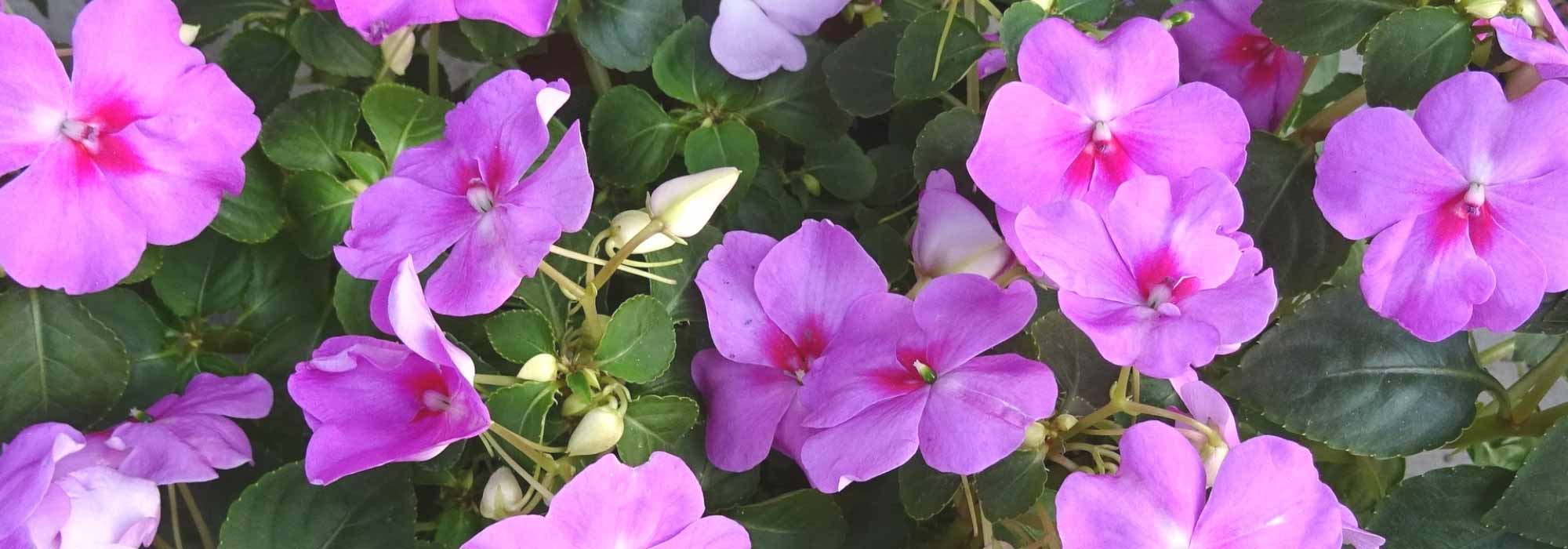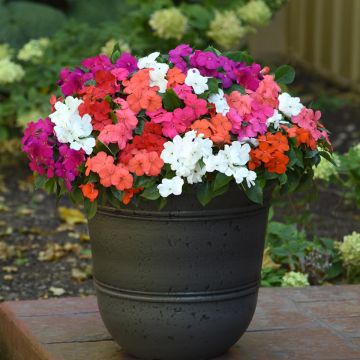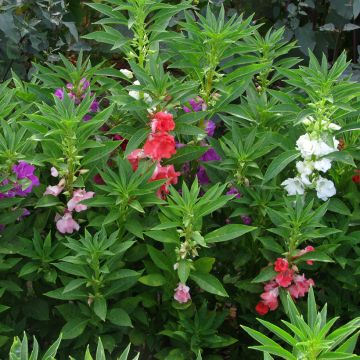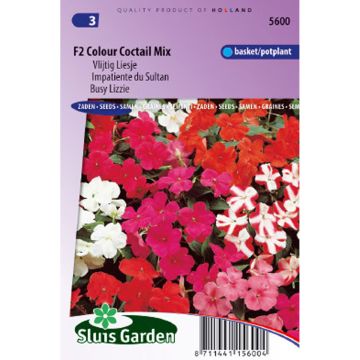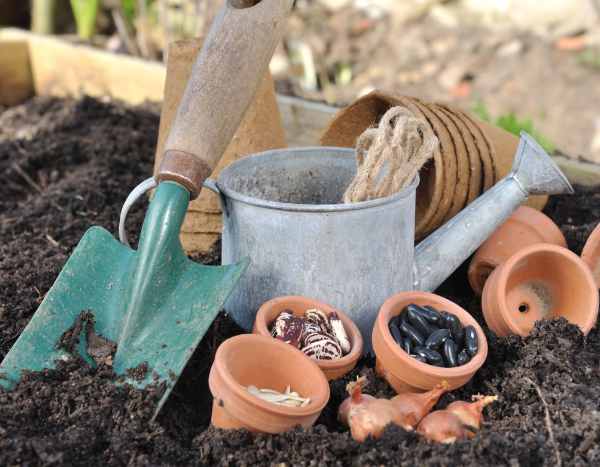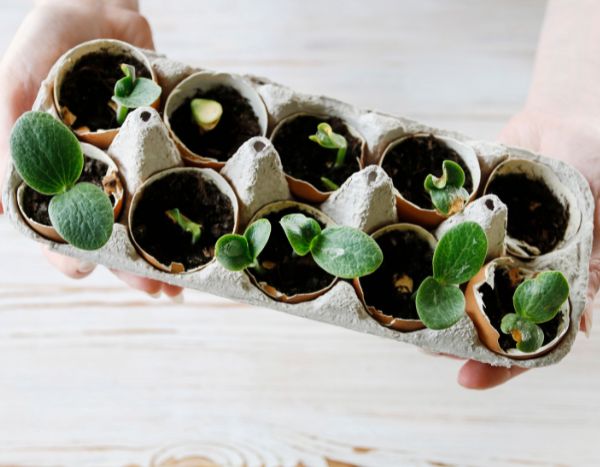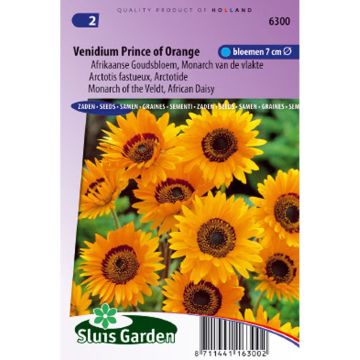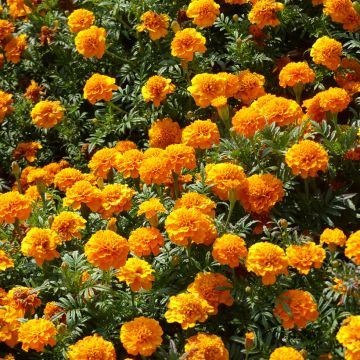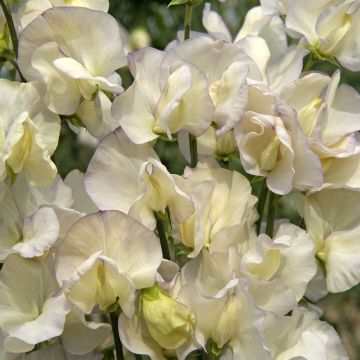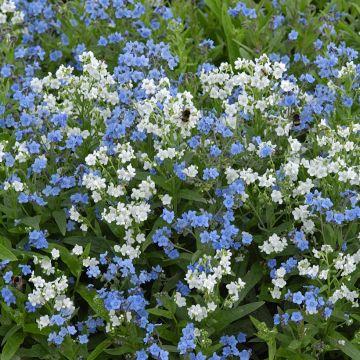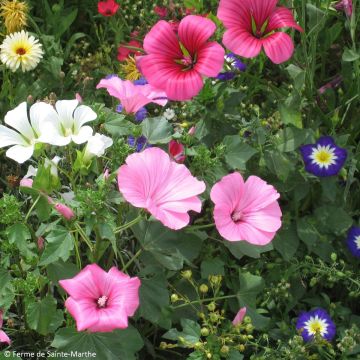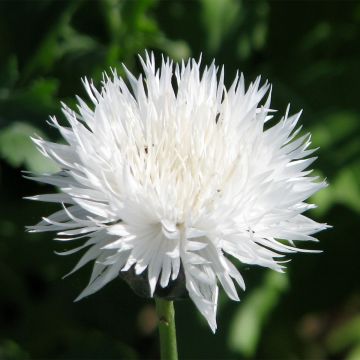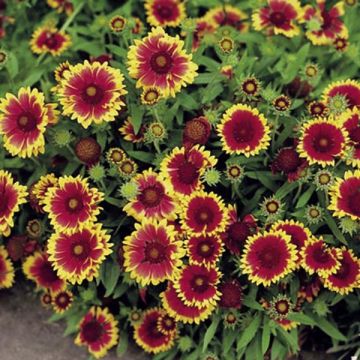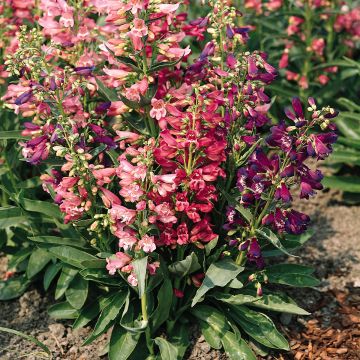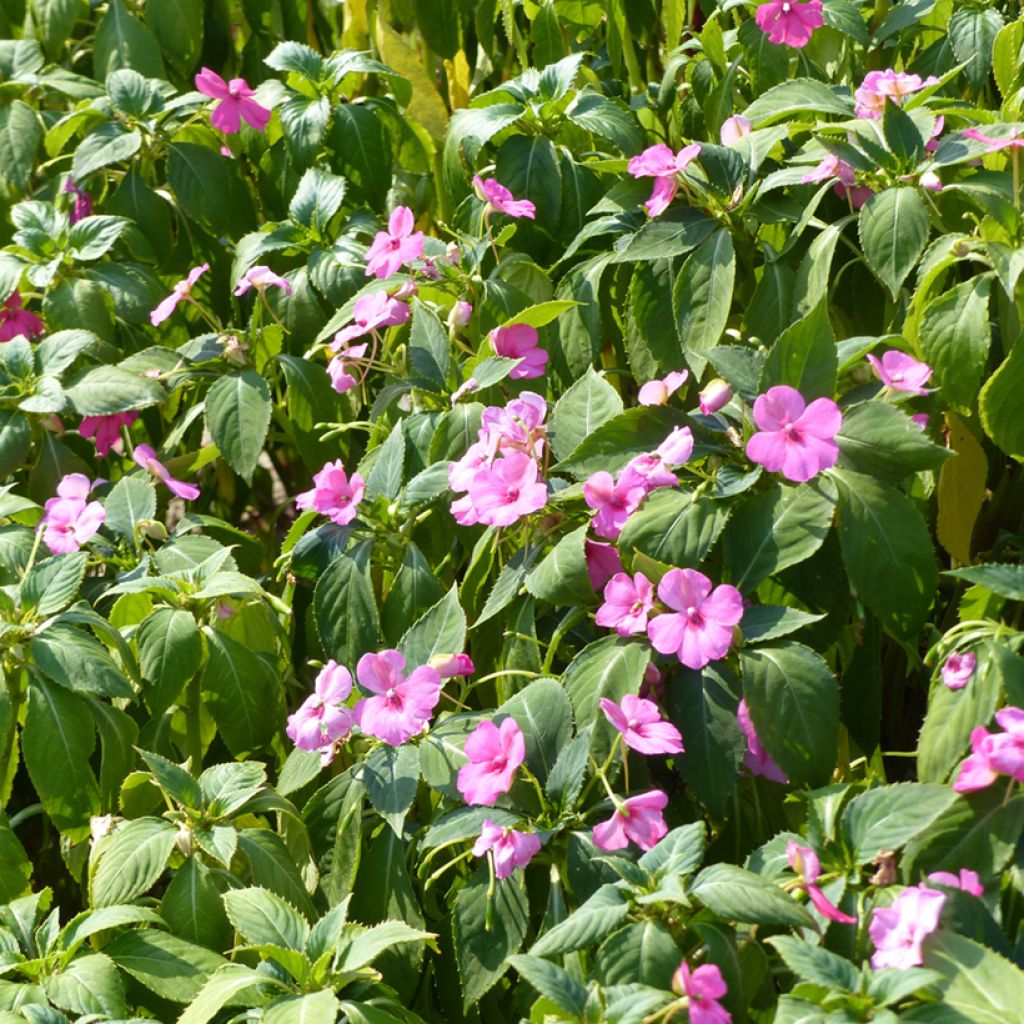

Impatiens Holstii Mix - Busy Lizzie seeds
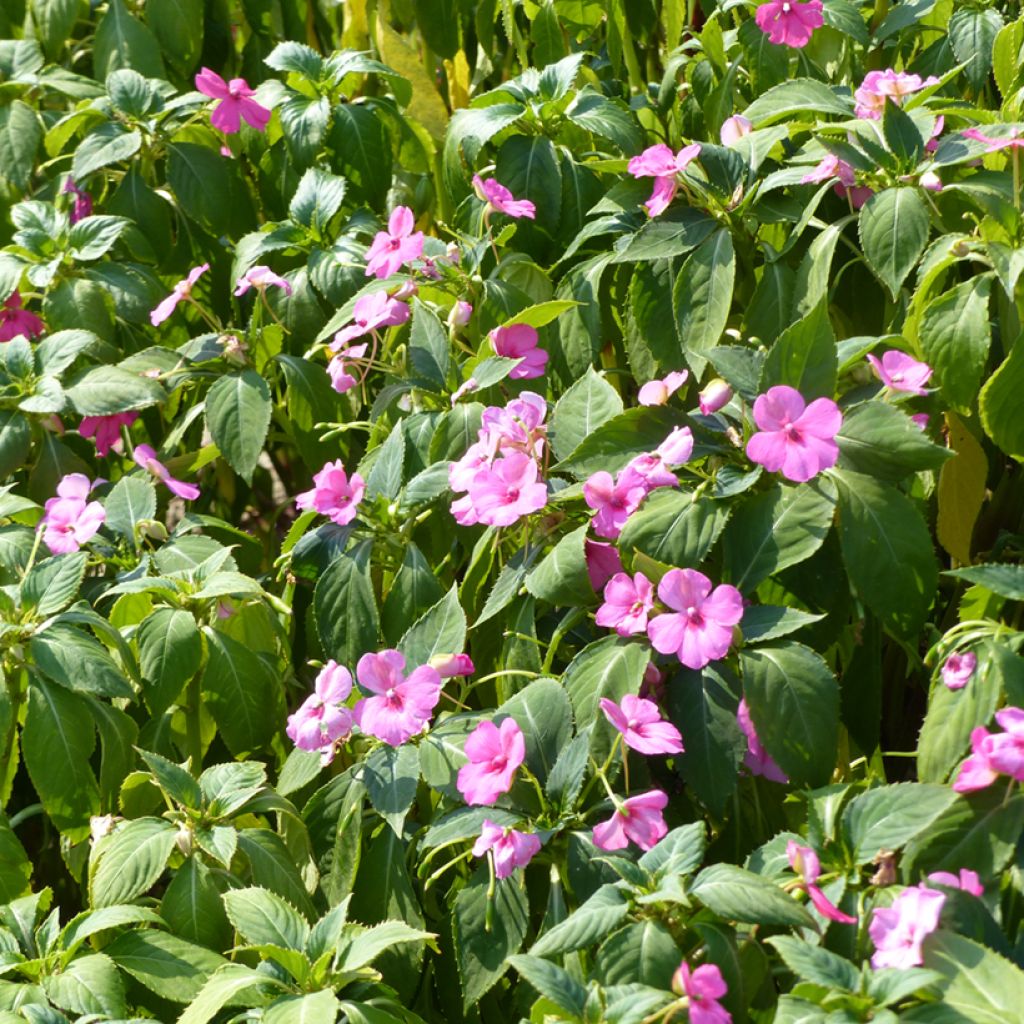

Impatiens Holstii Mix - Busy Lizzie seeds
Impatiens Holstii Mix - Busy Lizzie seeds
Impatiens holstii Mix (en mélange)
Busy Lizzie, balsam, sultana
Special offer!
Receive a €20 voucher for any order over €90 (excluding delivery costs, credit notes, and plastic-free options)!
1- Add your favorite plants to your cart.
2- Once you have reached €90, confirm your order (you can even choose the delivery date!).
3- As soon as your order is shipped, you will receive an email containing your voucher code, valid for 3 months (90 days).
Your voucher is unique and can only be used once, for any order with a minimum value of €20, excluding delivery costs.
Can be combined with other current offers, non-divisible and non-refundable.
Home or relay delivery (depending on size and destination)
Schedule delivery date,
and select date in basket
This plant carries a 6 months recovery warranty
More information
We guarantee the quality of our plants for a full growing cycle, and will replace at our expense any plant that fails to recover under normal climatic and planting conditions.
Would this plant suit my garden?
Set up your Plantfit profile →
Description
Impatiens Holstii 'Mix' is a particularly floriferous and well-branched annual, ideal for shaded areas of the garden. This mix offers a wide range of attractive colours, perfect for brightening up borders, flower beds, or planters. It easily adapts to different types of landscaping. Sow between March and May, either under cover or directly in the ground. Depending on the sowing period, Impatiens will flower from mid-June onwards.
Impatiens holstii, also known as Impatiens walleriana, belongs to the Balsaminaceae family. Native to the tropical regions of East Africa, particularly Kenya and Tanzania, this species has spread worldwide due to its popularity in gardens. This selection grows quickly and is cultivated as an annual in our climate. Each plant develops from a thick stem into an upright clump with sturdy stems, a bushy and spreading habit, reaching 20 to 30 cm in height and about 30 cm in diameter.
The flowers of Impatiens Holstii 'Mix' are the main attraction of each plant. They display a vibrant and varied colour palette, including shades of red, salmon pink to fuchsia pink, and white. The flowering period extends from June until the first frosts. The relatively small but very abundant flowers form a dense floral carpet that almost entirely covers the foliage. The leaves, meanwhile, are deep green, ovate, and slightly toothed, providing a beautiful backdrop for the bright flower colours. The growth of this variety is rapid, allowing it to quickly fill empty spaces in flower beds or planters.
Impatiens Holstii 'Mix' works well in flower beds and borders or large flowering borders. It is also a plant with few rivals for enlivening partially shaded areas of the garden, much like begonias. In summer compositions, mix your impatiens with annual lobelias, garden primroses, and heucheras.
Tip: To maintain adequate water and preserve soil moisture, it is beneficial to apply mulch around the base of the plants.
Flowering
Foliage
Plant habit
Botanical data
Impatiens
holstii
Mix (en mélange)
Balsaminaceae
Busy Lizzie, balsam, sultana
Impatiens walleriana, Impatiens petersiana, Impatiens holstii, Impatiens sultani
Cultivar or hybrid
Other Impatiens seeds
View all →Planting and care
To successfully sow Impatiens Holstii Mix, start by sowing the seeds indoors approximately 8 to 10 weeks before the last frost. Use a light, well-draining potting mix, preferably enriched with organic matter. The seeds should simply be pressed onto the surface of the soil, as they require light to germinate. Maintain a consistent temperature of around 20 to 24°C and ensure the substrate remains moist but not waterlogged. Germination should occur within 14 to 21 days. Once the seedlings are sufficiently developed, transplant them into individual pots, gradually acclimatising them to outdoor conditions. Wait until all risk of frost has completely passed before planting them in the ground or in containers, spaced 15-20 cm apart.
Impatiens is easy to grow. To accelerate its growth, grow it on in a pot in a warm and bright location. Plant Impatiens in moist, well-drained soil rich in humus. Water regularly, but avoid overwatering. Apply a liquid fertiliser for containers once or twice a week during the growth period. Remove faded flowers and dry leaves as needed to maintain a neat appearance and prolong flowering. Be mindful to protect it from slugs, which are fond of its young leaves. Lastly, although resistant to mildew, it is important to monitor for signs of disease or pests and take prompt action if necessary.
Sowing period
Intended location
Planting & care advice
This item has not been reviewed yet - be the first to leave a review about it.
Similar products
Haven't found what you were looking for?
Hardiness is the lowest winter temperature a plant can endure without suffering serious damage or even dying. However, hardiness is affected by location (a sheltered area, such as a patio), protection (winter cover) and soil type (hardiness is improved by well-drained soil).

Photo Sharing Terms & Conditions
In order to encourage gardeners to interact and share their experiences, Promesse de fleurs offers various media enabling content to be uploaded onto its Site - in particular via the ‘Photo sharing’ module.
The User agrees to refrain from:
- Posting any content that is illegal, prejudicial, insulting, racist, inciteful to hatred, revisionist, contrary to public decency, that infringes on privacy or on the privacy rights of third parties, in particular the publicity rights of persons and goods, intellectual property rights, or the right to privacy.
- Submitting content on behalf of a third party;
- Impersonate the identity of a third party and/or publish any personal information about a third party;
In general, the User undertakes to refrain from any unethical behaviour.
All Content (in particular text, comments, files, images, photos, videos, creative works, etc.), which may be subject to property or intellectual property rights, image or other private rights, shall remain the property of the User, subject to the limited rights granted by the terms of the licence granted by Promesse de fleurs as stated below. Users are at liberty to publish or not to publish such Content on the Site, notably via the ‘Photo Sharing’ facility, and accept that this Content shall be made public and freely accessible, notably on the Internet.
Users further acknowledge, undertake to have ,and guarantee that they hold all necessary rights and permissions to publish such material on the Site, in particular with regard to the legislation in force pertaining to any privacy, property, intellectual property, image, or contractual rights, or rights of any other nature. By publishing such Content on the Site, Users acknowledge accepting full liability as publishers of the Content within the meaning of the law, and grant Promesse de fleurs, free of charge, an inclusive, worldwide licence for the said Content for the entire duration of its publication, including all reproduction, representation, up/downloading, displaying, performing, transmission, and storage rights.
Users also grant permission for their name to be linked to the Content and accept that this link may not always be made available.
By engaging in posting material, Users consent to their Content becoming automatically accessible on the Internet, in particular on other sites and/or blogs and/or web pages of the Promesse de fleurs site, including in particular social pages and the Promesse de fleurs catalogue.
Users may secure the removal of entrusted content free of charge by issuing a simple request via our contact form.
The flowering period indicated on our website applies to countries and regions located in USDA zone 8 (France, the United Kingdom, Ireland, the Netherlands, etc.)
It will vary according to where you live:
- In zones 9 to 10 (Italy, Spain, Greece, etc.), flowering will occur about 2 to 4 weeks earlier.
- In zones 6 to 7 (Germany, Poland, Slovenia, and lower mountainous regions), flowering will be delayed by 2 to 3 weeks.
- In zone 5 (Central Europe, Scandinavia), blooming will be delayed by 3 to 5 weeks.
In temperate climates, pruning of spring-flowering shrubs (forsythia, spireas, etc.) should be done just after flowering.
Pruning of summer-flowering shrubs (Indian Lilac, Perovskia, etc.) can be done in winter or spring.
In cold regions as well as with frost-sensitive plants, avoid pruning too early when severe frosts may still occur.
The planting period indicated on our website applies to countries and regions located in USDA zone 8 (France, United Kingdom, Ireland, Netherlands).
It will vary according to where you live:
- In Mediterranean zones (Marseille, Madrid, Milan, etc.), autumn and winter are the best planting periods.
- In continental zones (Strasbourg, Munich, Vienna, etc.), delay planting by 2 to 3 weeks in spring and bring it forward by 2 to 4 weeks in autumn.
- In mountainous regions (the Alps, Pyrenees, Carpathians, etc.), it is best to plant in late spring (May-June) or late summer (August-September).
The harvesting period indicated on our website applies to countries and regions in USDA zone 8 (France, England, Ireland, the Netherlands).
In colder areas (Scandinavia, Poland, Austria...) fruit and vegetable harvests are likely to be delayed by 3-4 weeks.
In warmer areas (Italy, Spain, Greece, etc.), harvesting will probably take place earlier, depending on weather conditions.
The sowing periods indicated on our website apply to countries and regions within USDA Zone 8 (France, UK, Ireland, Netherlands).
In colder areas (Scandinavia, Poland, Austria...), delay any outdoor sowing by 3-4 weeks, or sow under glass.
In warmer climes (Italy, Spain, Greece, etc.), bring outdoor sowing forward by a few weeks.






























